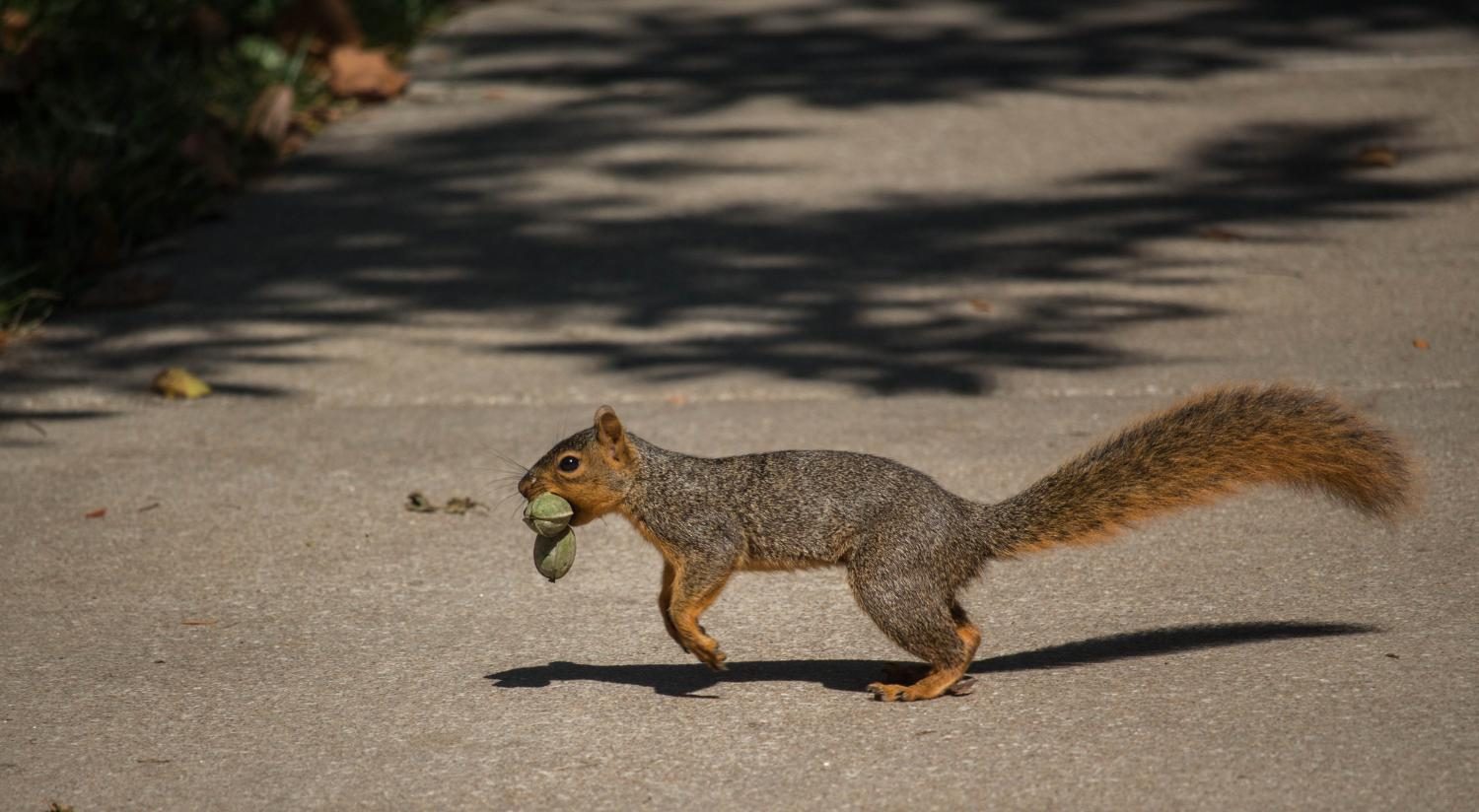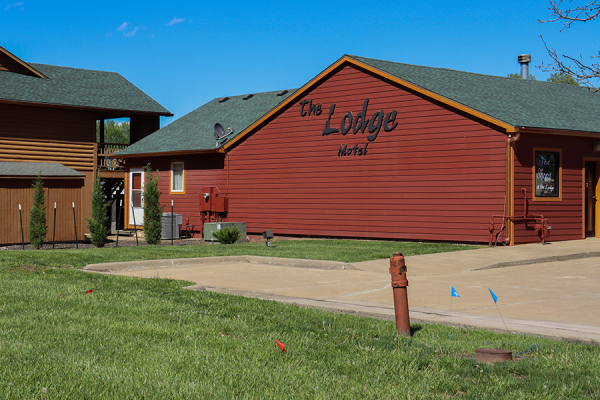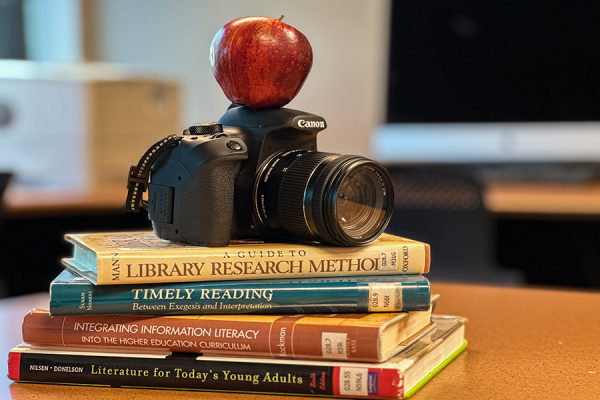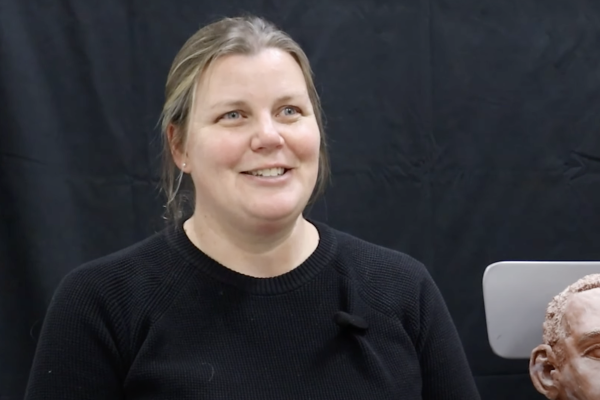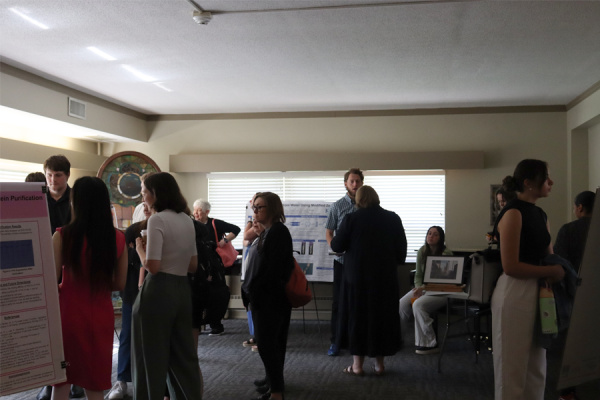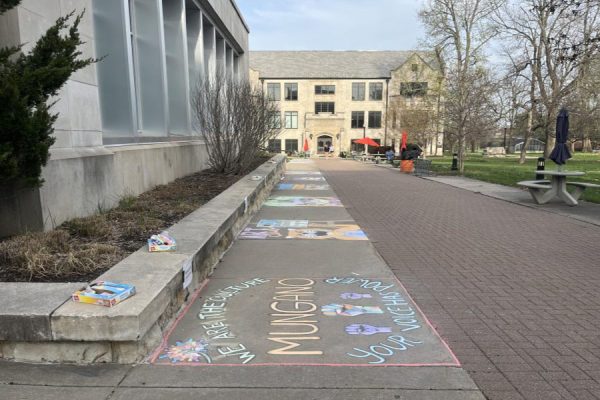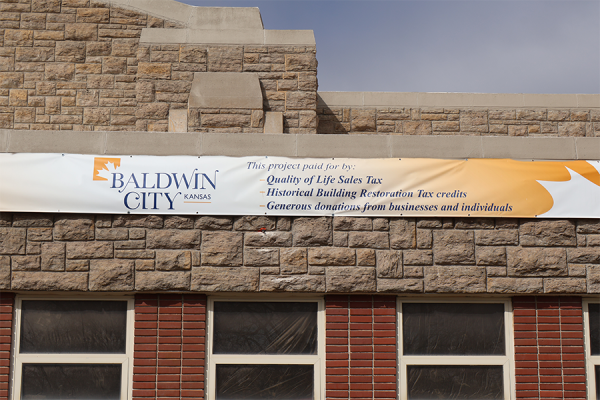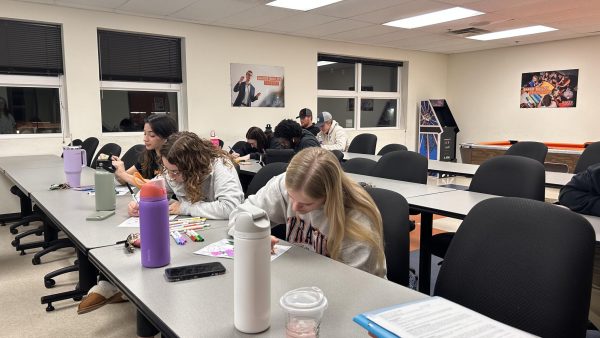Campus course studies Baker squirrels
A squirrel scampers across campus with its treasures. Several squirrels populate campus and can always be seen when walking to class. They’ve been named the Baker Squirrels and even have their own Twitter account.
No matter where you see them, scurrying around campus or pepping up Baker students on their own Twitter account, the Baker squirrels are particularly popular animals on campus.
With this in mind, Assistant Professor of Biology Scott Kimball recognized the potential these campus critters had for biology students. In the winter of 2015, he introduced a laboratory experiment studying the decisions squirrels make in choosing their nuts into the curriculum for his Animal Behavior course.
“Animals aren’t always cooperative,” he said. “One way to mitigate that is to have an activity that’s pretty dependable. [The lab] illustrates the interaction of animal behavior and organismal ecology. And squirrels are a really dependable resource for this.”
The lab involves students using both shelled and unshelled peanuts as food sources for the squirrels. They are set out in piles on campus at the beginning of the lab period and then students wait, watch and follow the squirrels for a few hours after. Once a squirrel chooses one of the peanuts, students observe them with binoculars, in attempts to gain a better understanding of their eating behaviors.
“Students enjoy the lab,” Kimball added. “They just like watching squirrels be squirrels. It surely helps ameliorate the fact that they are freezing.”
With the diversity of nut-producing trees on Baker’s campus, squirrels are able to find both shelter and food sources throughout the spring and the fall. Because the cheap peanuts are used instead of walnuts, acorns or hickories, the experiment serves as a “proxy for how squirrels might use their resources.”
“[Through this lab,] I learned to think about specific factors that may drive a squirrel or other animals to act in certain circumstances,” senior Hunter Young, a participant in the spring 2017 course, said. “Every action of the squirrel has an impact on its ability to survive and reproduce.”
Students additionally acknowledge the opportunity to apply their classroom material to real-life situations, especially on a campus they walk almost every day.
“I enjoyed the conditions we set to test how the squirrels would behave,” Young said. “Every student on Baker’s campus walks by the squirrels but surely don’t think about how they may reason or think, or really if they reason or think at all.”
Kimball will offer the Animal Behavior course again during the spring semester, where more students will have the opportunity to track the campus’ seemingly favorite animal. Senior Gracie Benton, another spring 2017 observer, appreciated the opportunity the course provided students with, helping them grasp how animals’ interactions influence the environment around them.
“I particularly liked [the lab] because we carried out approaches to explain animal behavior in ways that real scientists do,” Benton said. “[The class] made me look at interactions between individuals in an ecosystem in a different, more critical light.”


